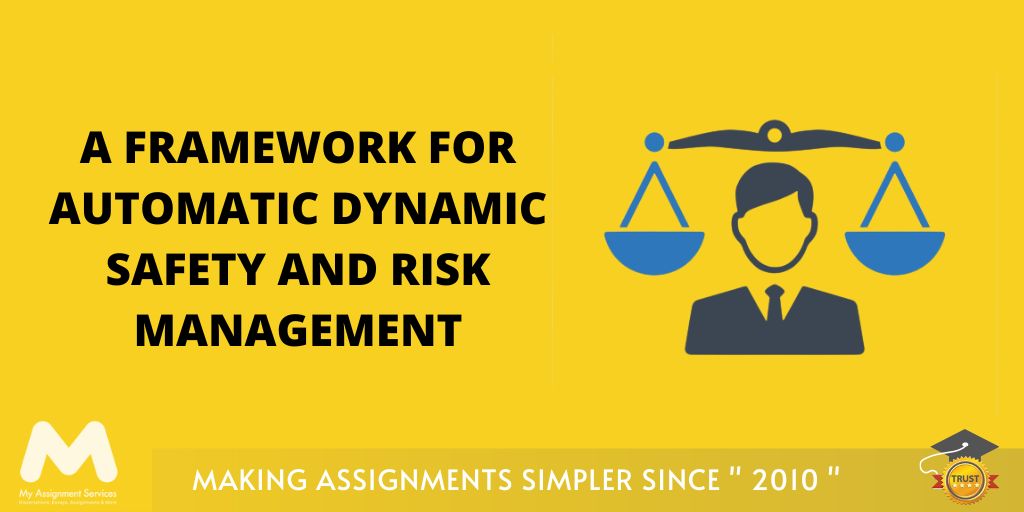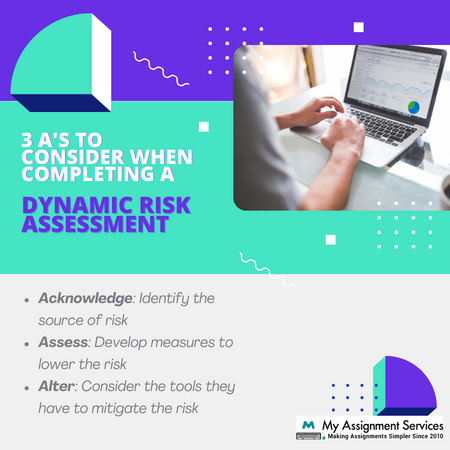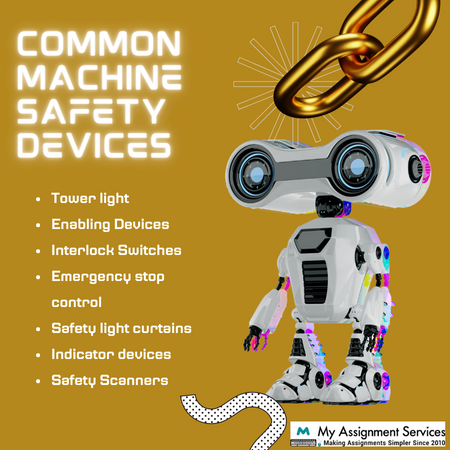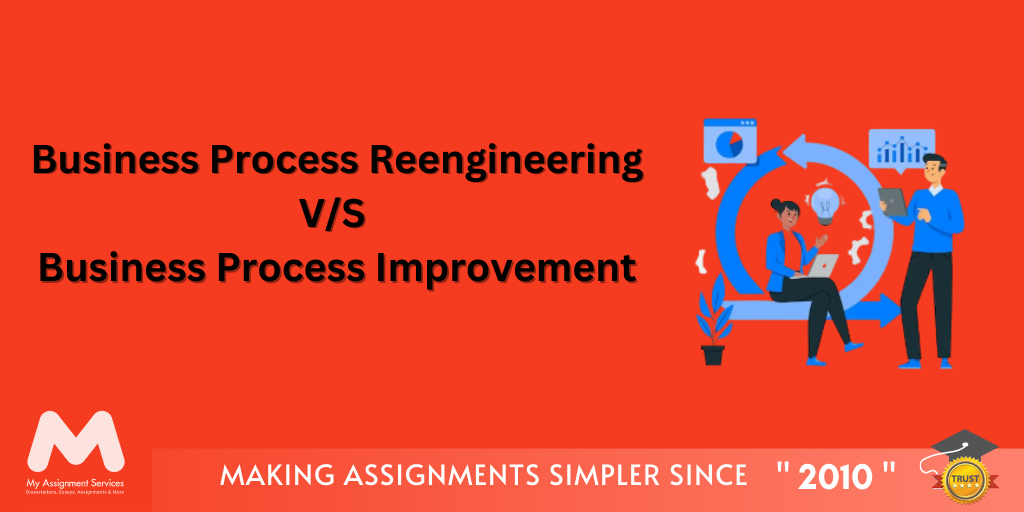
After the industrial revolution in the latter half of the eighteenth century, the number of accidents at worksites increased gradually. The reason behind such accidents has shifted from natural calamities to the drawbacks that technology entails. However, the majority of the casualties are caused due to natural disasters.
Did you know about ISO 31000? It is part of the risk management codes issued by the Organization for Standardization, comprising various guidelines and principles for managing the risks faced by different organizations.
Furthermore, the distinction between man-made and natural accidents has become vague. Many human activities are the reason for triggering natural disasters. Mining, for example, is a leading reason for soil erosion that causes landslides. The prevention measures developed by humans might be the ones that exacerbate the issue further.
Poorly built buildings and malfunctioning levees were the major cause of the severe destruction caused by Hurricane Katrina. We’ve witnessed the failure of safety measures in preventing many casualties. But, in hindsight, such shortcomings help implement better automatic dynamic safety in construction, disaster prevention, and accidents.
In this blog, we’ll discuss such models and how they ensure safety.

What is Automatic Dynamic Safety?
There are many forms of risks. Market crashes entail financial risks, not achieving the object puts a project at risk, and safety hazards at the workplace cause occupational risks. Risk is defined as the result of a negative event's probability and consequences. The risks involved can even depend heavily on the work/natural environment.
Moreover, safety cannot be solely treated as a predictive event that can be prevented by removing one or more factors. May stand true for financial, performance, and market risks. Still, safety measures need to be implemented effectively to prevent the outcome altogether. Automatic dynamic safety is the framework for ensuring the same.
The definition of dynamic safety is the implementation of concepts in real-life situations that ensure safety. The ultimate goal is to develop a proactive safety management system. Using the information gathered from the previous incidents and predicting the negative outcomes comprehensively.
Automatic dynamic safety comprises developing different safety models based on the likelihood of events. A financial dynamic safety model includes financial risk analysis. The consequences of such an event are defined in monetary units, but the probabilities are more dependent on the financial market environment and economic disturbances.
According to a survey released by McAfee in 2017, cybercrime costs approximately $600 billion each year. It might be as much as 1% of the overall GDP. Hacking has resulted in enormous losses for major corporations.
The concept of automatic dynamic safety in construction, engineering, disaster relief, and more areas is very useful. The safe models necessarily cannot eliminate the risks entirely but can reduce the losses. The next section will discuss the different approaches for assessing the risks involved in an event.
As an engineering student, you must be familiar with these concepts and the need for such models. Still, implementing them in your engineering projects can be a challenge. Get engineering assignment help from industry experts and finish your projects easily with professional guidance. Enrol today and get free access to our digital repository, where you get sample solutions, guidebooks, notes, and more.
How do the Different Risk Assessment Approaches Help Ensure Safety?
The origin of risk of any form is uncertainty. The safety models are built using different approaches to access the risk. The aim is to effectively decrease the risk and the probability of the negative outcomes. There are many sources of uncertainty in an event. Various disciplines use different definitions.
In engineering, the risk factor is defined as ambiguous risks, physical system-oriented risks, and the risks due to a lack of information. Based on the same, there are three quantitative risk assessment models for automatic dynamic safety, which are:
Failure Modes and Effect
This risk assessment method aims to examine each component of a physical system. The focus is to check the reliability of each component by predicting the effects of failure. Improving the reliability of each component depends on the level of risk per component. Such a cause-effect approach has its limitations as it requires extensive documentation.
Actuarial Approaches
The accrual approach is the most commonly used method for risk analysis. It involves devising risk probabilities based on past events/failures. Such risk assessment methods are highly useful in air transport safety and nuclear reactors. But, this approach has limited use in modern systems - only useful when there are only a few data points available.
Probabilistic Risk Assessment
It involves breaking down the event into smaller subsystems. The risk probability is calculated till a saturation state is achieved. Then the probability of various subsystems is arranged in a model - a fault/event tree - to estimate the overall probability of risk/failure. The limitation of such a method is that a bias may arise in calculating due to assumed data.
From the most prominent to the bottom of the hierarchy, every person in the organization gets involved. Because every aspect of the company is vulnerable, all should be on board for effective risk management.
All these risk assessment models aim at developing effective management models. Safety is directly related to the risks involved in an event. Hence, calculating the risk is a more effective approach to lowering the effects. Ideally, safety is defined as the absence of losses. But, in reality, it is not possible to eliminate loss completely.
A textbook example of risk management is a construction site. Let’s discuss the use of dynamic safety models at such work sites.

What is the Role of Automatic Dynamic Safety in Construction?
Construction sites are more prone to accidents and casualties than any other production sector. Over the year, safety practices have been introduced to ensure safety, including the five C’s (culture, competency, communication, controls, and contractors). Still, the prevalence of safety risks has only improved marginally.
For implementing improved dynamic safety, there are three areas of focus:
- Health and occupational safety-oriented design
- Monitoring health and safety alerts in real-time
- Educating, training, and gathering feedback for enhancing the state-of-the-art technology
The recorded number of fatalities at the workplace under the age of 25 in Australia were 194, 8 females and 186 males in 2021. - Safe Work Australia
These three focus areas provide quantitative and qualitative measures to identify the lacking areas. Such strategy formulation can help prevent such risks before the workers get injured or collateral losses. The current construction safety measures are based on a real-time and the right-time safety framework.
The practical and social implications of such automatic dynamic safety measures focus on gathering safety performance data, health data, and reporting on the current risks. In addition, gathering feedback is the most important part of any model as it enables making necessary changes to the model and pro-actively focusing on details at each level.
Technical writing can be challenging, and the technical lexicons and the structuring are difficult to grasp. You might face issues finding adequate resource material and need someone to do the final proofreading. Fill out the enrollment form to get engineering assignment help from experienced academic writers at affordable prices.
Related Study Materials
Our Experts can answer your Assignment questions instantly.
Ask Question0 Comment
Get It Done! Today
1,212,718Orders
4.9/5Rating
5,063Experts













Loved reading this Blog? Share your valuable thoughts in the comment section.
Add comment